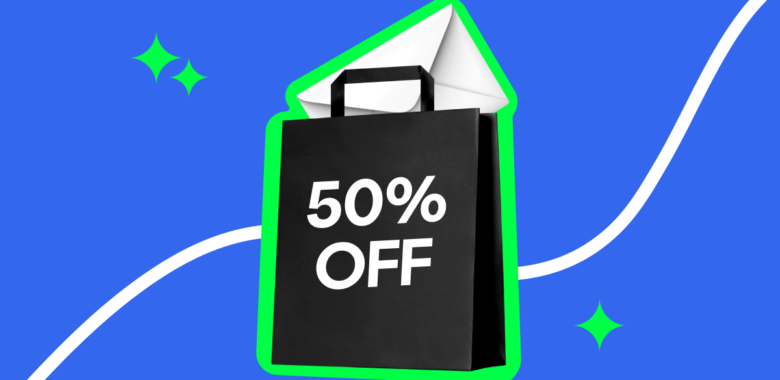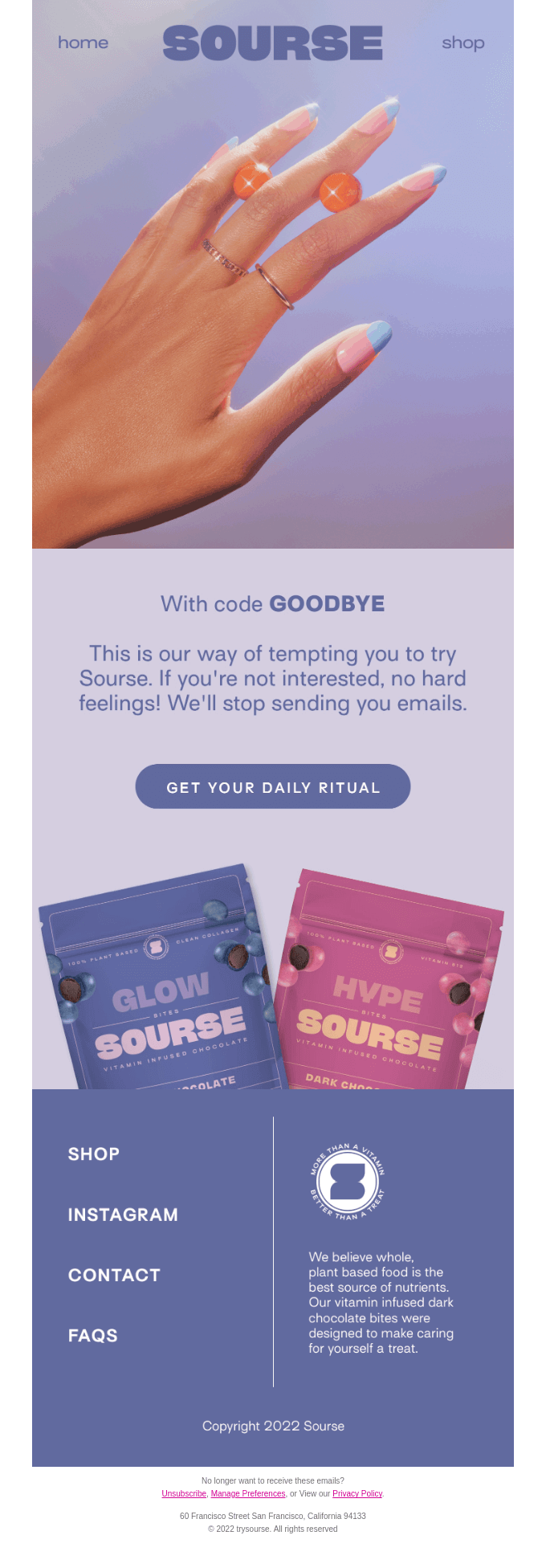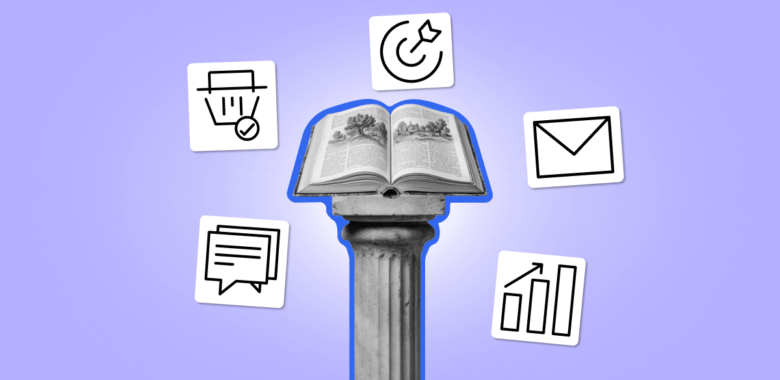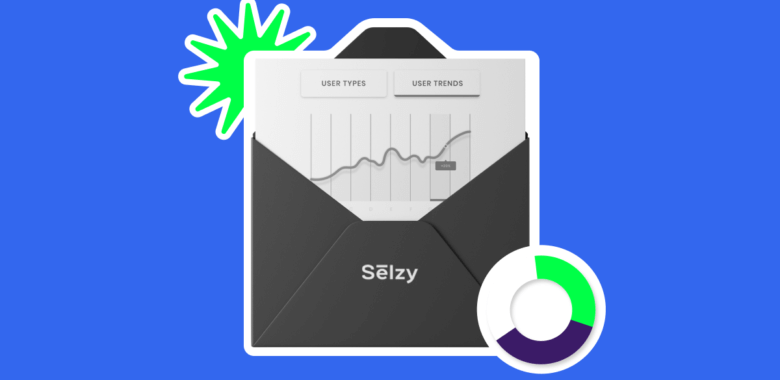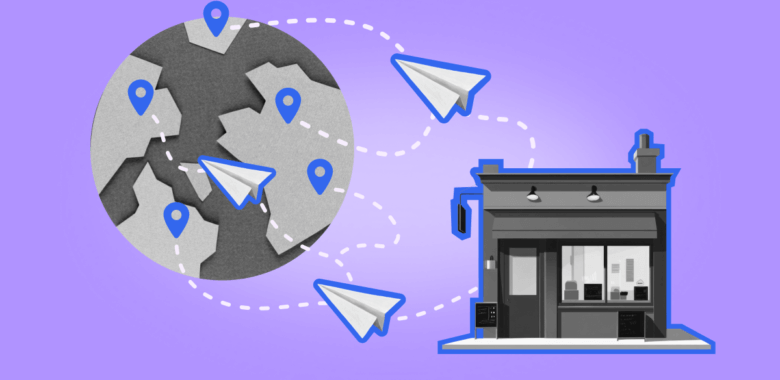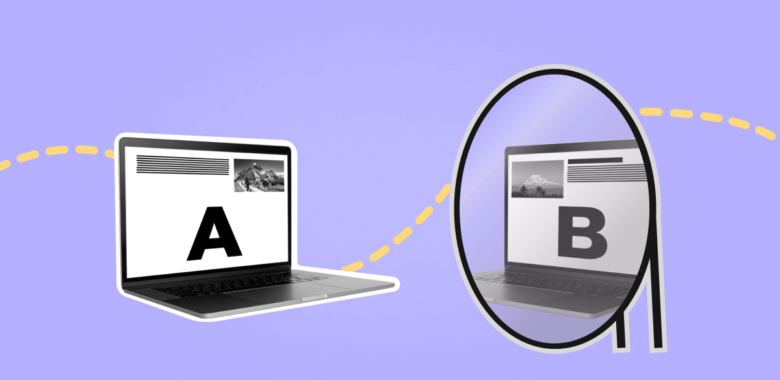E-commerce is highly competitive, and it’s easy to drown in a pool of offers from so many stores. Don’t know how to save yours? Emails will help!
Selzy is a very beginner-friendly email marketing tool that has all it takes to take your online store out of a rut and grow your revenue. Even better, it integrates with Shopify and other e-commerce platforms. Also, there’s a fully functional free plan for testing the waters — it even has automation, come on, not many SaaS services are that generous.
